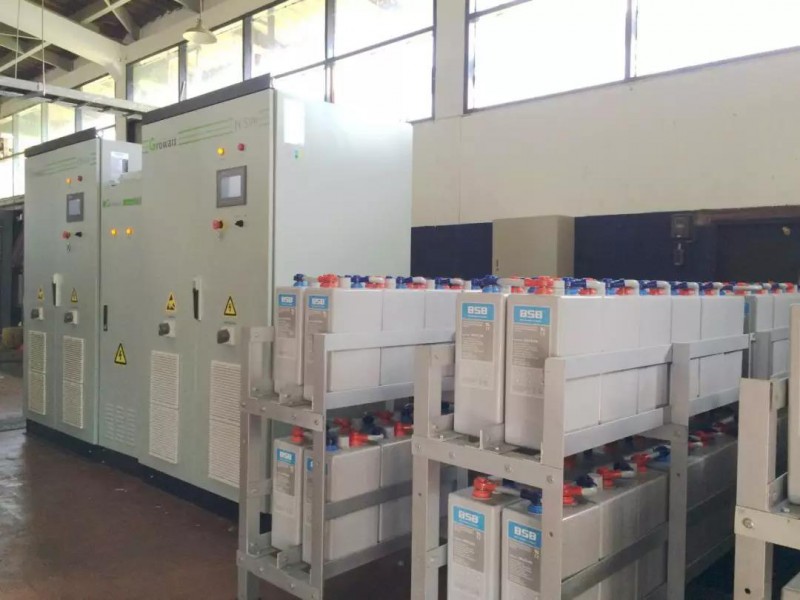
Battery energy storage systems (BESS) are becoming increasingly essential in today’s energy landscape. With the world moving towards renewable energy sources, the need for efficient storage solutions has never been greater. These systems play a critical role in balancing energy supply and demand, enhancing grid stability, and providing backup power during outages. Understanding the core components of BESS can help stakeholders make informed decisions about their implementation and management.
The backbone of any battery energy storage system is the battery technology utilized. Various types of batteries are employed, including lithium-ion, lead-acid, flow batteries, and nickel-based systems. Among these, lithium-ion batteries are the most prevalent due to their high energy density, efficiency, and declining costs. Each battery type has its advantages and drawbacks, impacting performance, lifespan, and application suitability. The choice of battery technology is crucial for optimizing storage capabilities and achieving desired outcomes.
A robust battery management system (BMS) is vital for ensuring the safety and longevity of battery energy storage systems. The BMS monitors individual cell voltages, temperatures, and state-of-charge (SOC) levels, preventing overcharging and deep discharging that can damage the batteries. Furthermore, the BMS enhances the overall performance by balancing the charge across cells, thereby extending their life cycle. An effective BMS is instrumental in maximizing the reliability and efficiency of energy storage systems, providing peace of mind for users.
Power conversion systems (PCS) are another essential component of BESS, responsible for converting the direct current (DC) from the batteries into alternating current (AC) suitable for the grid or end-use applications. PCS also facilitate bidirectional energy flow, allowing for charging and discharging operations. These systems must be efficient and adaptable to various energy sources and loads, ensuring optimal performance in different scenarios. Choosing the right PCS is vital for achieving desired efficiency levels and ensuring seamless integration with existing energy infrastructure.
Finally, energy management systems (EMS) oversee the operation of battery energy storage systems, coordinating between the batteries, BMS, and PCS. The EMS optimizes energy usage based on real-time data and forecasts, enabling efficient charge and discharge cycles. It can implement strategies that enhance system performance, such as load shifting, frequency regulation, and peak shaving. A well-designed EMS contributes significantly to the overall effectiveness of the storage system, ensuring that it meets both operational and financial goals.
In summary, battery energy storage systems comprise several vital components, each playing a significant role in their overall functionality and success. Understanding the nuances of battery technologies, management systems, and conversion equipment is essential for effective planning and deployment. As the demand for energy storage solutions continues to rise, staying informed about these components will empower organizations and individuals to leverage BESS effectively, paving the way for a more sustainable energy future.
Next:The Purpose and Significance of Battery Energy Storage Systems
Previous:Advantages and Disadvantages of Battery Energy Storage